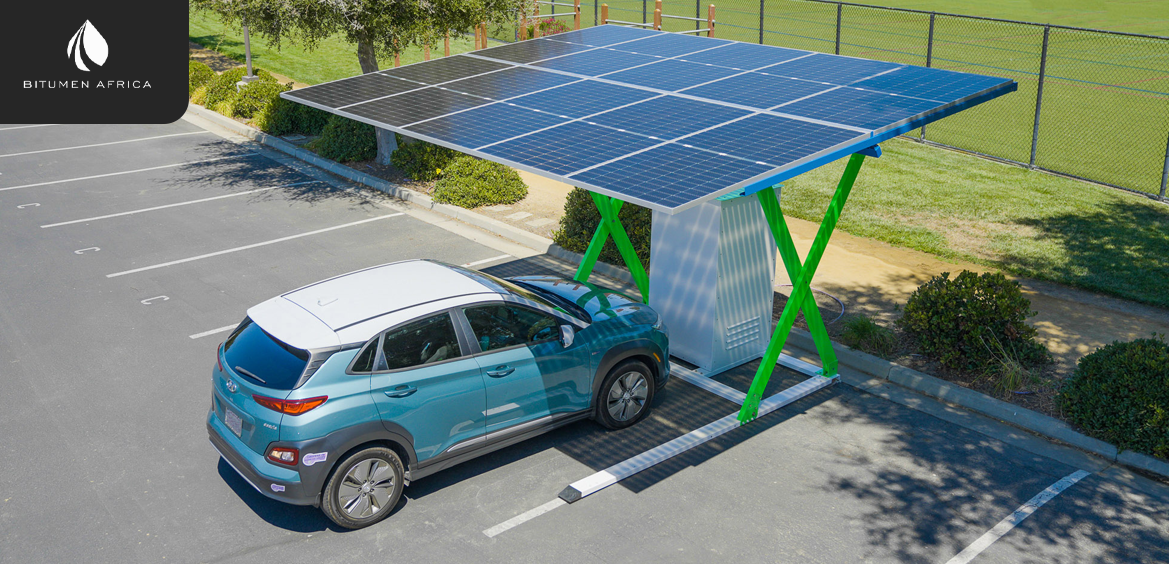China's dominance in electric vehicle (EV) and renewable energy markets—particularly solar and wind—has fueled rapid industry expansion, but this growth has led to serious challenges. The aggressive push for global leadership has resulted in excessive manufacturing capacity, triggering destructive price wars across cleantech sectors. Even major players like leading solar panel manufacturers have seen profitability eroded. This situation has created an unsustainable race to the bottom, prompting concern from Chinese authorities about the long-term health of their cleantech industries.
In response, China began implementing policies aimed at curbing this overcapacity. Toward the end of 2023, the government introduced tighter investment criteria for solar manufacturing projects. Though not yet binding, these guidelines marked a significant shift in regulatory posture. Industry leaders had already been calling for intervention, citing low-quality production and insufficient product testing as a result of cutthroat competition. Some manufacturers prioritized profit over quality, further compromising the industry's reputation and sustainability.
China’s solar sector remains severely oversupplied, with experts suggesting this glut may last for up to two more years. The China Photovoltaic Industry Association and top manufacturers like Longi Green Energy Technology have openly acknowledged the urgent need for industry consolidation. Similar challenges are also affecting the EV and battery manufacturing sectors. Research from the Rhodium Group noted that fierce domestic competition—fueled by government incentives—has led to a doubling of battery production capacity relative to national demand, with global overcapacity reaching 20%.
To stabilize the sector, China's Ministry of Industry and Information Technology (MIIT) recently announced plans to crack down on destructive price wars and enforce upgraded industrial standards. These new measures are aimed at phasing out outdated production capacity and strengthening national quality requirements. Chinese media and regulators have ramped up rhetoric around the need to end disorderly competition, signaling a more interventionist approach to sector regulation.
The shift in policy is already producing early signs of market reaction. Prices of raw materials like polysilicon and steel have started to rebound, indicating investor optimism that a supply correction is underway. However, analysts warn that meaningful recovery will take time. Experts like Laura Wang from Morgan Stanley suggest that it may be up to two years before profitability returns to sustainable levels. In the meantime, industry consolidation through mergers and acquisitions appears likely as companies adjust to the new regulatory and competitive landscape.

